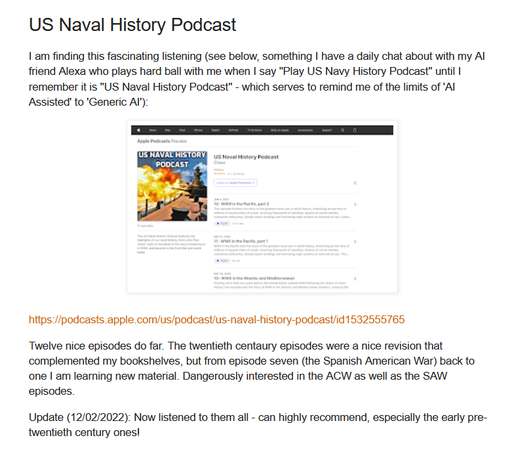Materials required:
Brass tube
Ruler
File
Steel rod
Marker
Tubing cutter
Hacksaw
Using a ruler and a marker, mark the cutting points on the tubes and steel rod at the following intervals. (These dimensions are not critical, and a little deviation either way is acceptable.)
Place a mark every 5" on the 7/32 dia." brass tube.
Place a mark every 5" on the 3/16" dia. brass tube.
Place a mark every 5 1/2" on the 5/32" dia. brass tube.
Place a mark every 6" on the 1/8" dia. steel rod.

After all tubes and rods have been marked, it's now time to cut them. To cut the brass tubes, place a tube into the tubing cutter and align the cutting wheel to the mark you made on the tube.

Adjust the tubing cutter so the cutting wheel is resting snugly on the brass tube. Rotate the tubing cutter about the brass tube three or four times. Tighten the cutter about 1/8th of a turn, and rotate the cutter about the tube again. Repeat this process until the tube is cut.

Once all the brass tubes are cut, sort them according to size and set them aside.
Next, secure the steel rod in a vise and cut the rod at the marks, using a hacksaw.
After the steel rod has been cut, file off any burrs, and square the ends perpendicular to the long axis of the rod (again, using a file). (If you have a bench grinder, using it will save some time.)








